Goldmound Spirea Companion Plants That Will
Goldmound Spirea Companion Plants That Will Enhance Your Landscape
Goldmound spirea (Spiraea x bumalda 'Gold Mound') is a popular shrub that is known for its bright yellow foliage and showy pink flowers. It is a low-maintenance plant that is easy to grow in most climates. If you are looking to add some Goldmound spirea to your landscape, you may be wondering what companion plants would work well with it.
In this blog post, we will discuss some of the best companion plants for Goldmound spirea. We will consider factors such as plant size, sun exposure, and water needs to help you choose the right plants for your garden. We will also provide some tips on how to plant and care for these companion plants.
Choosing Companion Plants for Goldmound Spirea
When choosing companion plants for Goldmound spirea, there are a few things to keep in mind. First, consider the size of the plants. Goldmound spirea grows to be about 2-3 feet tall and wide, so you will want to choose companion plants that are a similar size. You don't want to plant something that will dwarf the spirea or something that will crowd it out.
Second, consider the sun exposure needs of the plants. Goldmound spirea prefers full sun, but it can tolerate partial shade. If you are planting in a shady spot, you will want to choose companion plants that also tolerate shade.
Finally, consider the water needs of the plants. Goldmound spirea is a relatively drought-tolerant plant, but it does need regular watering during the first year after planting. If you live in a hot, dry climate, you may want to choose companion plants that are also drought-tolerant.
Some Good Companion Plants for Goldmound Spirea
Here are some good companion plants for Goldmound spirea:
- Ornamental grasses: Ornamental grasses add height and interest to a garden. They also provide a good contrast to the yellow foliage of the spirea. Some good choices include blue oat grass, fountain grass, and maiden grass.


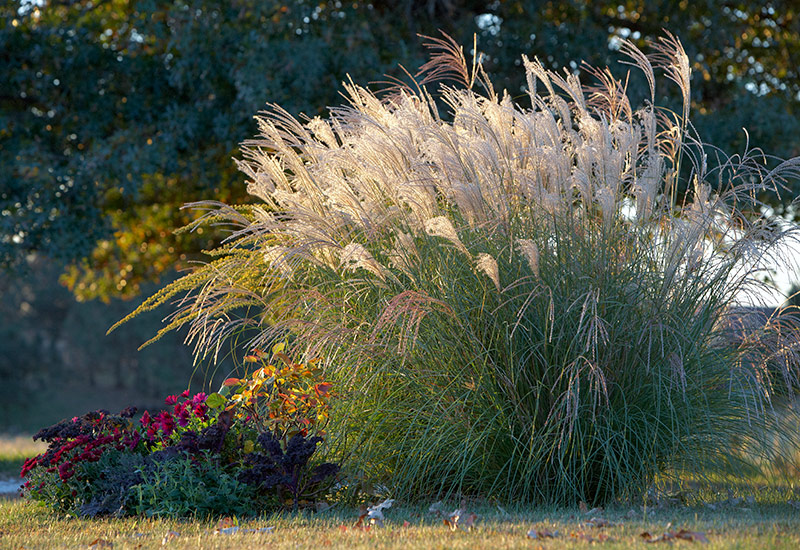
- Perennials: Perennials come back year after year, so they are a good choice for companion plants. Some good choices for Goldmound spirea include sedum, daylilies, and coral bells.

- Shrubs: Shrubs add height and structure to a garden. Some good choices for Goldmound spirea include blue spruce, juniper, and holly.

- Annuals: Annuals add color and variety to a garden. They are a good choice for filling in spaces between shrubs and trees. Some good choices for Goldmound spirea include marigolds, petunias, and geraniums.


Planting and Caring for Companion Plants
Once you have chosen your companion plants, it is important to plant them properly. Follow the instructions on the plant tags to determine the spacing and depth at which to plant each plant. Water the plants well after planting.
Once the plants are established, you will need to water them regularly, especially during hot, dry weather. You may also need to fertilize them once or twice a year.
In addition to watering and fertilizing, you will also need to deadhead your companion plants regularly. Deadheading is the process of removing spent blooms. This will encourage the plants to produce more flowers.
Conclusion
By choosing the right companion plants for Goldmound spirea, you can create a beautiful and harmonious landscape. With a little care and attention, your companion plants will thrive for many years to come.
Goldmound spirea is a beautiful shrub that can add color and interest to any garden. But what plants should you pair it with?
There are many different companion plants that can work well with goldmound spirea. Some popular choices include:
- Ornamental grasses: Ornamental grasses add height and texture to a garden, and they can also help to fill in the spaces between spirea plants. Some good options include blue gamma, Japanese forest grass, and Muhly grass.
- Sedum: Sedums are low-maintenance succulents that come in a variety of colors. They can be planted in front of or around spirea plants to add a splash of color and interest.
- Dianthus: Dianthus, also known as "pinks," are sweet-smelling flowers that come in a variety of colors. They can be planted in front of or around spirea plants to add a touch of romance to your garden.
- Junipers: Junipers are evergreen shrubs that can add year-round interest to your garden. They can be planted behind spirea plants to create a backdrop or screen.
- Hollies: Hollies are also evergreen shrubs that can add winter interest to your garden. They can be planted behind or next to spirea plants to create a contrast of colors and textures.
For more information about goldmound spirea companion plants, please visit Gardenia Inspiration.
FAQ of goldmound spirea companion plants
- What are the best companion plants for goldmound spirea?
Goldmound spirea is a deciduous shrub that can grow up to 6 feet tall and wide. It blooms in late spring to early summer with white flowers. Some good companion plants for goldmound spirea include:
- Ornamental grasses: These plants add height and texture to the landscape, and they can also help to improve drainage around the spirea. Some good options include blue gamma, Japanese forest grass, Muhly grass, and fountain grass.
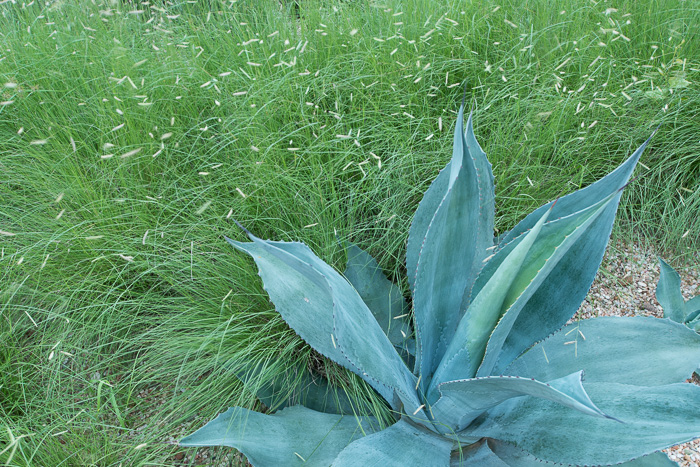

- Sedums: These succulents are drought-tolerant and low-maintenance, making them a good choice for companion plants for goldmound spirea. They also come in a variety of colors, which can add interest to the landscape. Some good options include sedum spurium, sedum rubrotinctum, and sedum spectabile.
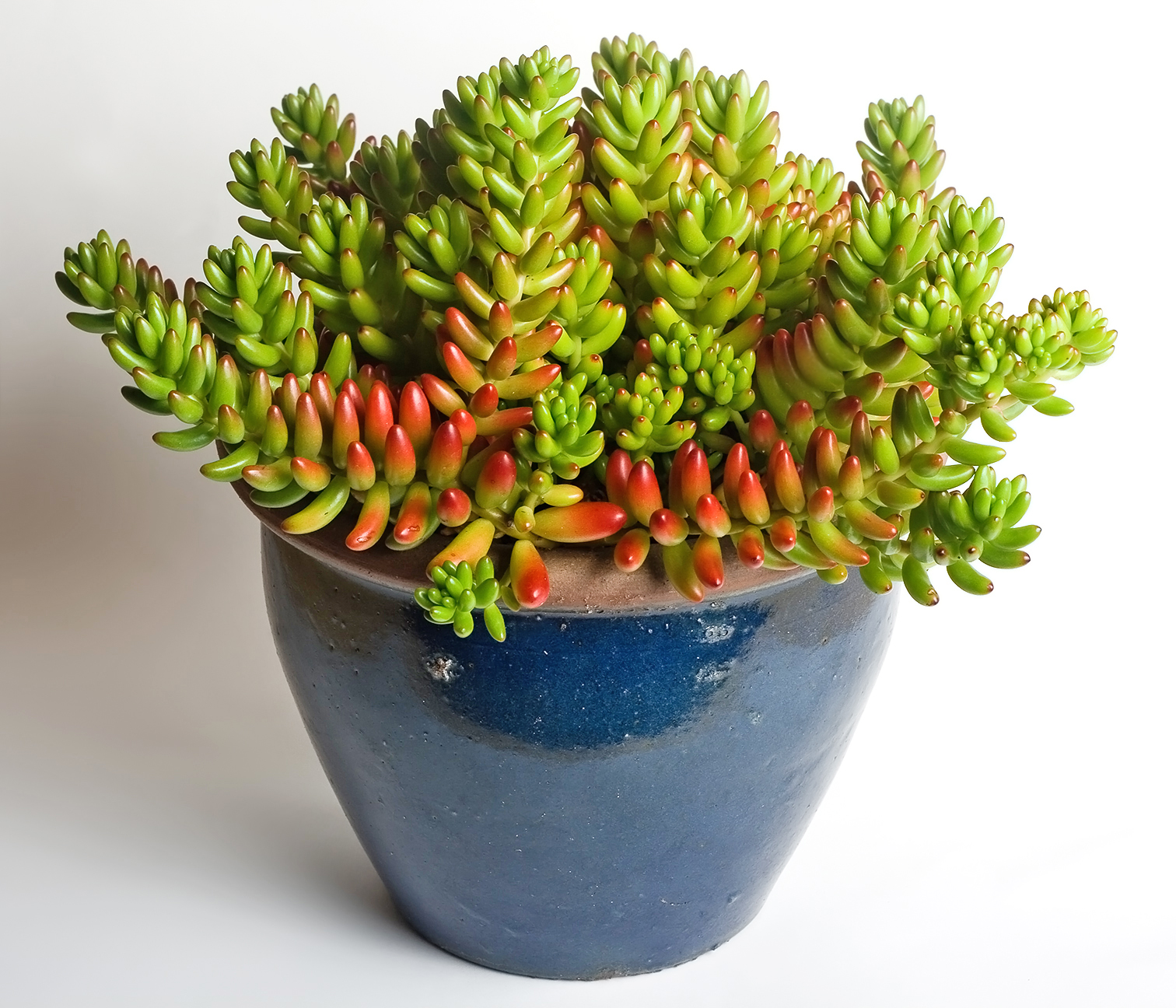
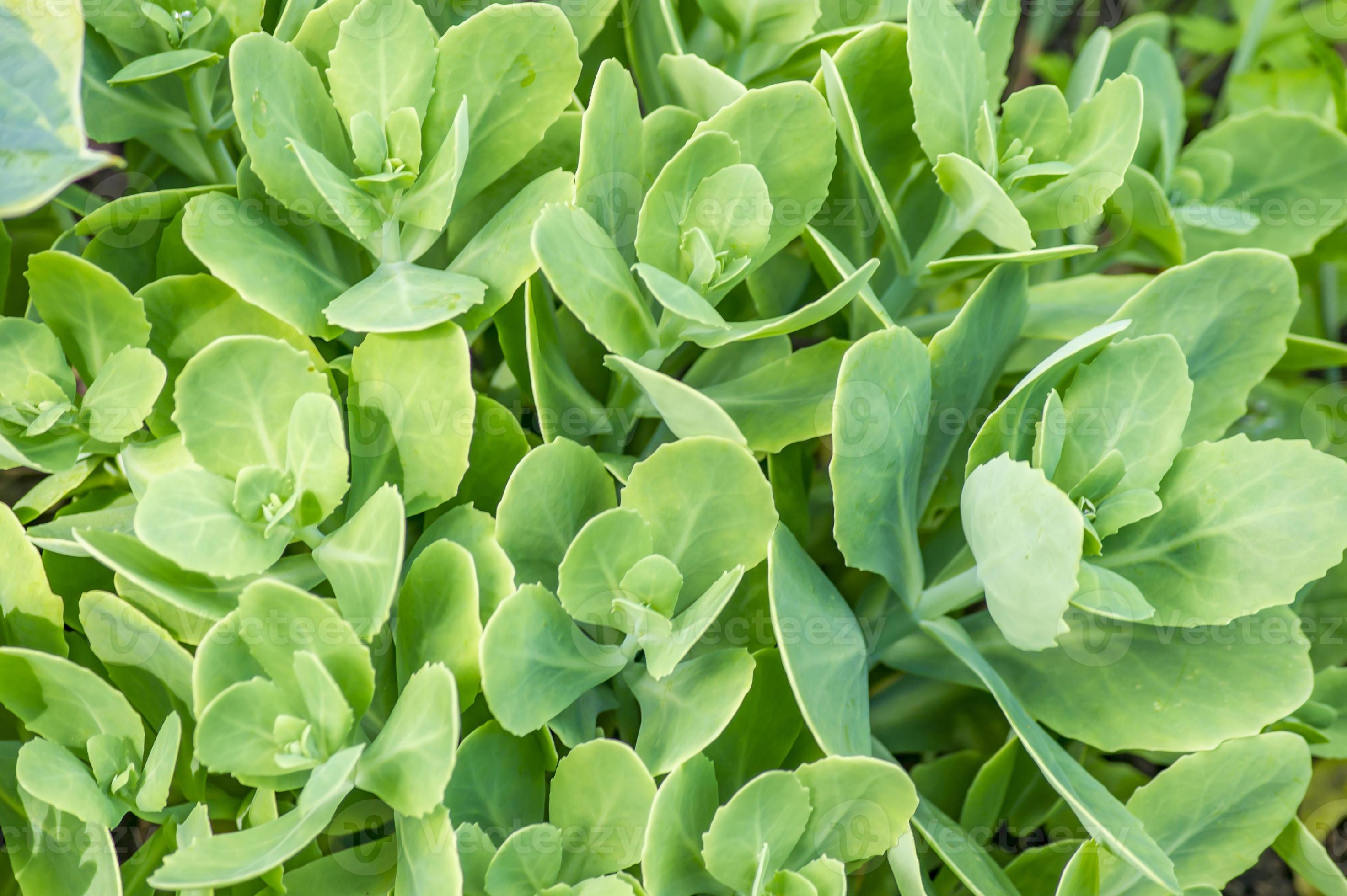
- Dianthus: These fragrant flowers come in a variety of colors, including pink, white, and red. They are easy to care for and make a good addition to any garden.

- Junipers: These evergreen shrubs add year-round interest to the landscape. They can be pruned to create a variety of shapes and sizes, and they are tolerant of a wide range of conditions.
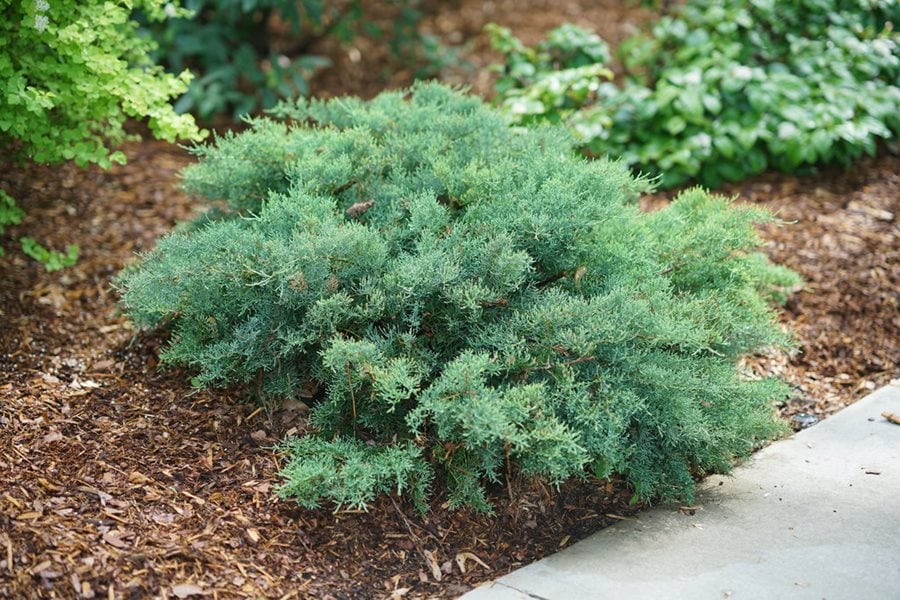
- Hollies: These evergreen shrubs are also tolerant of a wide range of conditions, and they can provide winter interest in the garden. They come in a variety of colors, including green, blue, and gold.
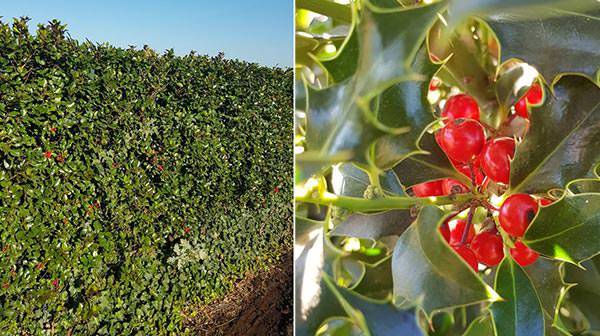
- What are the ideal growing conditions for goldmound spirea?
Goldmound spirea prefers full sun and well-drained soil. It is relatively drought-tolerant once established, but it will benefit from regular watering during the summer months. Goldmound spirea is hardy in USDA zones 4-8.
- How do I care for goldmound spirea?
Goldmound spirea is a relatively low-maintenance plant. It should be pruned in the early spring to remove any dead or damaged branches. Goldmound spirea may benefit from a light application of fertilizer in the spring.
- How do I propagate goldmound spirea?
Goldmound spirea can be propagated by rooting cuttings in the spring or fall. Take 4-6 inch cuttings from healthy, non-flowering stems. Remove the lower leaves from the cuttings and dip them in rooting hormone. Plant the cuttings in a well-draining potting mix and keep them moist. The cuttings should root in 4-6 weeks.
- How do I prevent pests and diseases in goldmound spirea?
Goldmound spirea is relatively resistant to pests and diseases. However, it may be susceptible to aphids, spider mites, and powdery mildew. If you notice any pests or diseases, treat them immediately with an appropriate pesticide or fungicide.
Image of goldmound spirea companion plants
- Ornamental grasses: Ornamental grasses add height and texture to a garden, and they can also help to fill in the space around goldmound spirea. Some good options include blue oat grass, miscanthus, and fountain grass.

- Sedums: Sedums are succulent plants that come in a variety of colors, including gold, purple, and pink. They are low-maintenance and drought-tolerant, making them a good choice for companion plants for goldmound spirea.
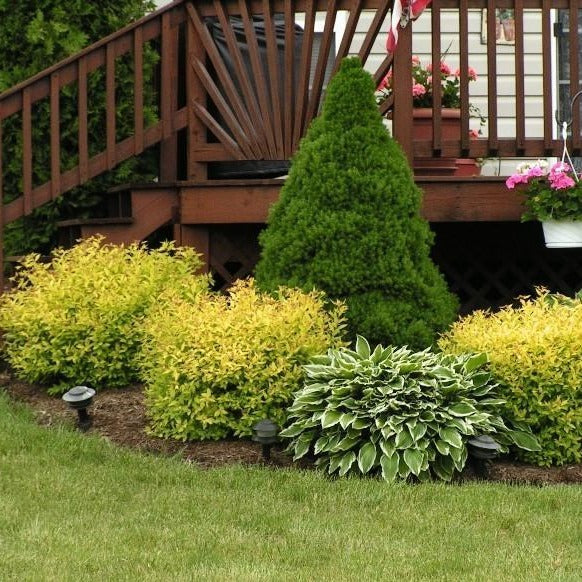
- Dianthus: Dianthus, also known as pinks, are fragrant flowers that come in a variety of colors. They are deer-resistant and easy to grow, making them a good choice for companion plants for goldmound spirea.

- Junipers: Junipers are evergreen shrubs that come in a variety of sizes and shapes. They can provide year-round interest and contrast with the golden foliage of goldmound spirea.
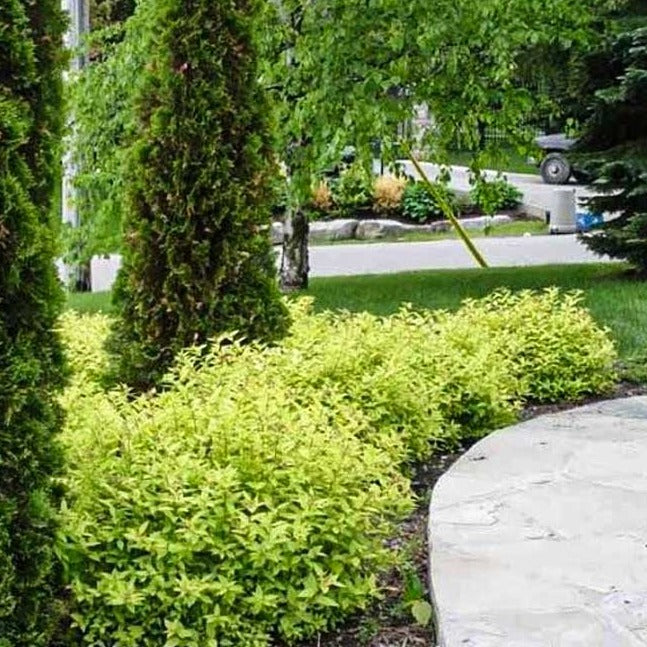
- Coral bells: Coral bells are perennials that come in a variety of colors, including pink, red, and purple. They are shade-tolerant and easy to grow, making them a good choice for companion plants for goldmound spirea.
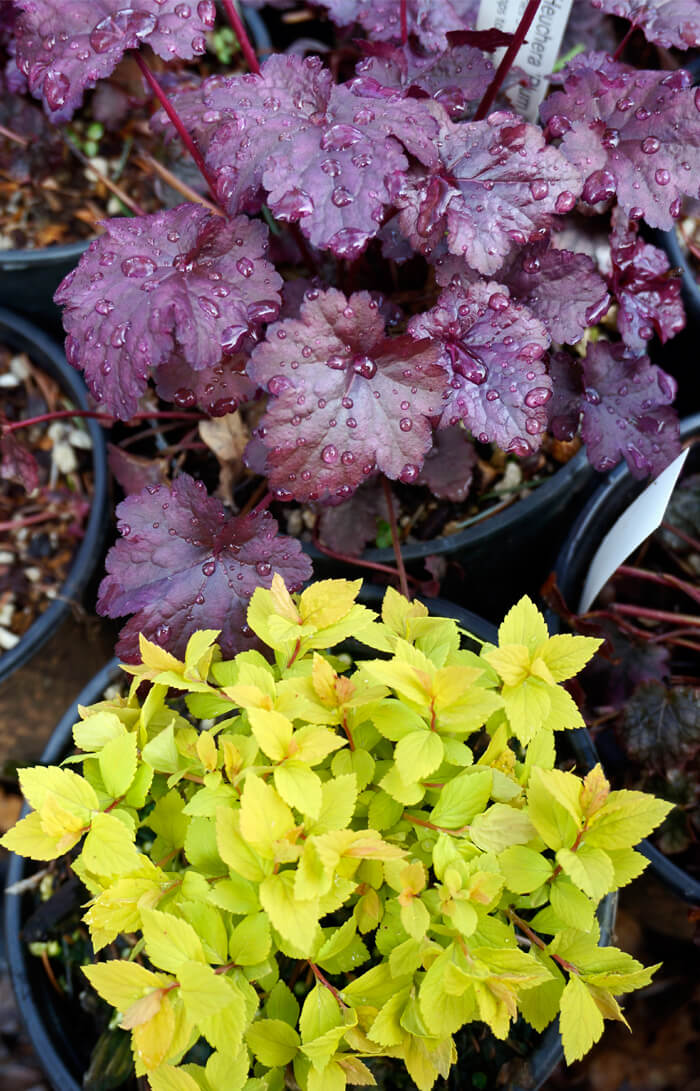
Post a Comment for " Goldmound Spirea Companion Plants That Will"